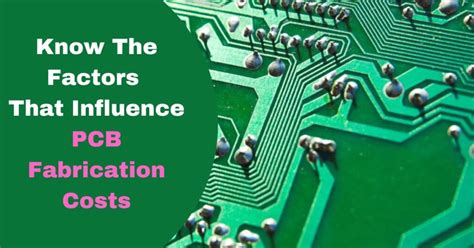
9 Factors You Need to Know in Real PCB Board Price
PCB Size and Complexity The size and complexity of your PCB design significantly impact the overall pricing. Larger PCBs require more materials and take longer[…]
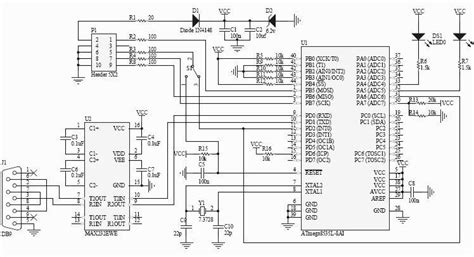
CH304G: The Features, Applications, and Schematic
Introduction to CH304G The CH304G is a highly versatile and reliable integrated circuit (IC) designed for various applications in the electronics industry. This article will[…]
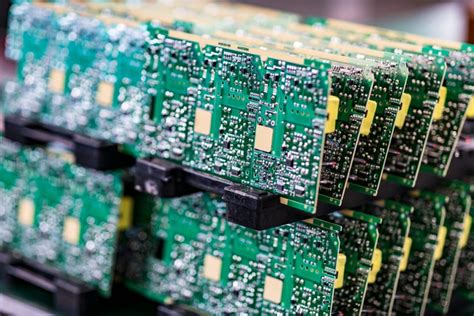
Printed Circuit Board Making – How To Make Better?
Introduction to PCB Manufacturing Printed Circuit Board (PCB) manufacturing is a complex process that involves several steps to create a functional and reliable electronic circuit.[…]
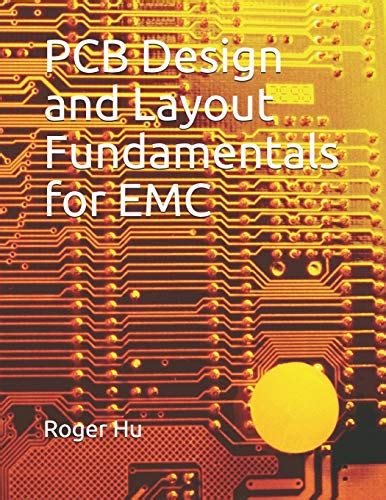
PCBs Fundamentals For Beginners! Collect Now!
What are PCBs? PCBs are flat boards made of insulating materials, such as fiberglass or plastic, with conductive copper traces printed on them. These traces[…]
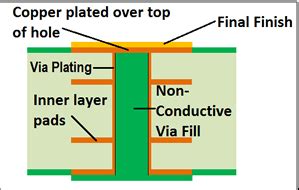
What Is Tenting Via And Why It Is Important In PCB Fabrication
Introduction to Tenting Via In the world of printed circuit board (PCB) fabrication, there are many techniques and processes that are crucial for creating high-quality[…]
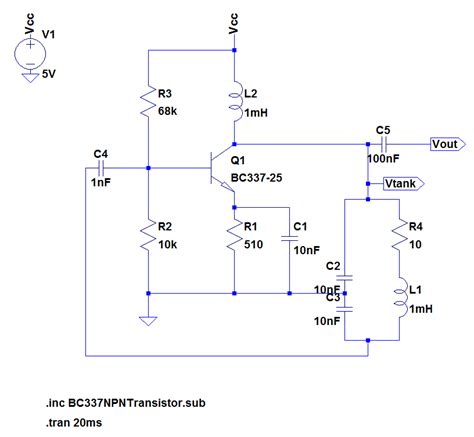
Colpitts Oscillator: Circuit Application and Its Advantages
Introduction to Colpitts Oscillator A Colpitts oscillator is a type of electronic oscillator circuit that generates sinusoidal signals using a combination of inductors and capacitors.[…]
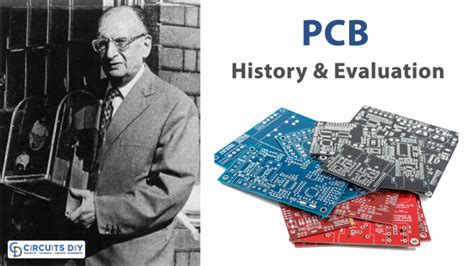
The History of the Printed Circuit Board
Introduction to PCB History The printed circuit board (PCB) has revolutionized the electronics industry since its inception. It has become an essential component in virtually[…]
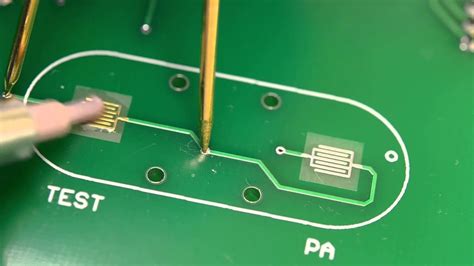
Plating Simulation – our New Tool for PCB Designers
Introduction to PCB Plating Simulation Printed Circuit Board (PCB) design is a complex process that involves multiple steps, from schematic capture to layout and routing.[…]
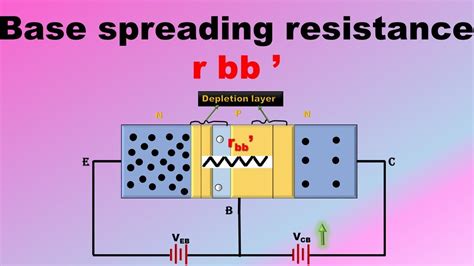
Transistor vs Resistor: What’s The Difference?
What is a Transistor? A transistor is a semiconductor device that acts as an electronic switch or amplifier in electronic circuits. It is composed of[…]
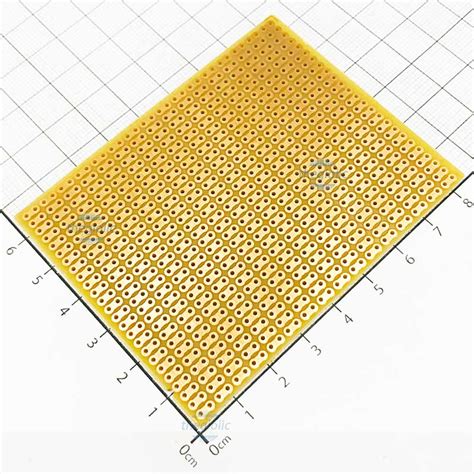
14 Tips on Designing a PCB Programming and Testing Board
1. Define Your Testing Requirements Before starting your PCB Testboard design, clearly define your testing requirements. Consider the following factors: The type of device or[…]